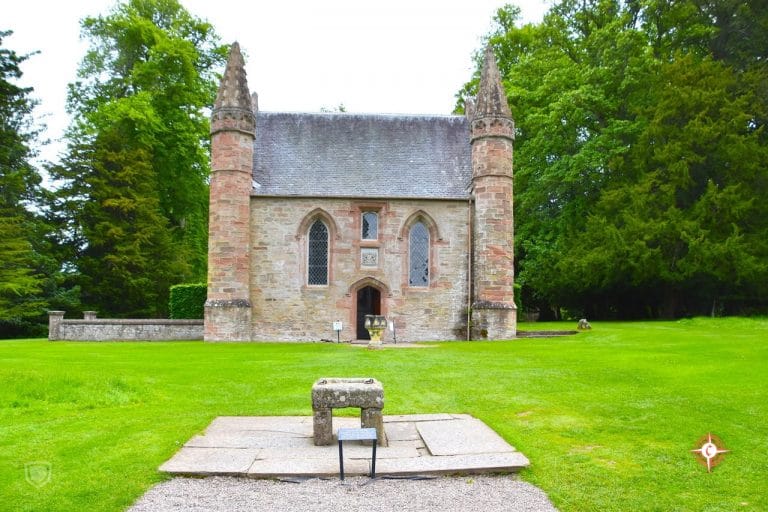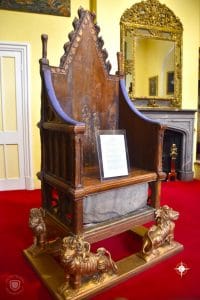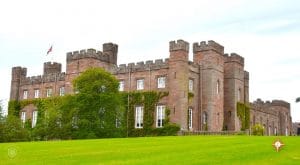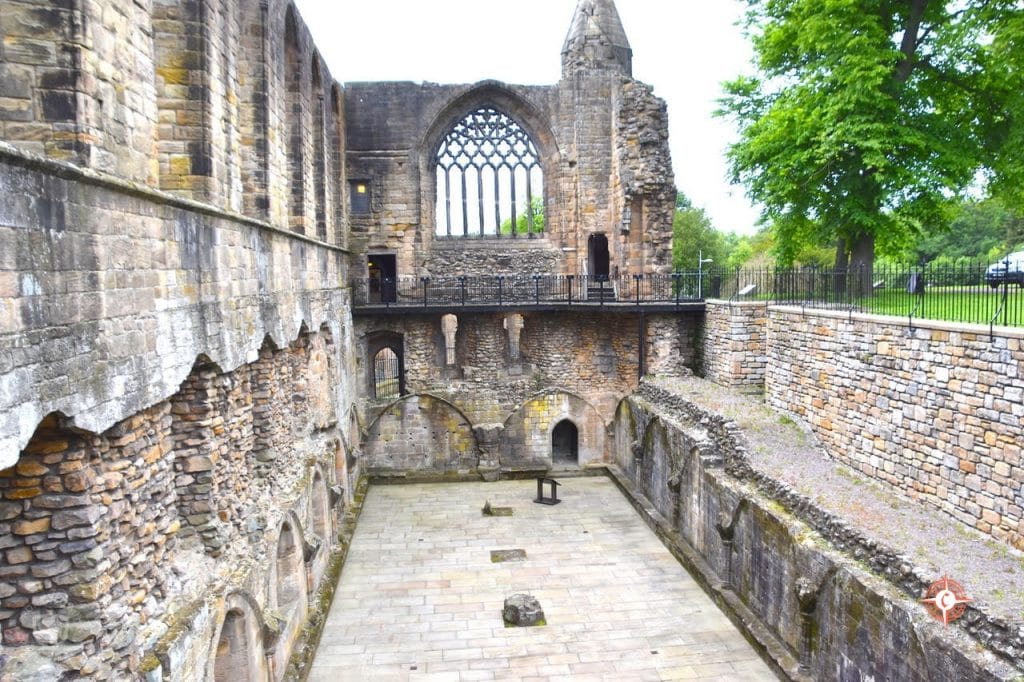In the lowlands of Scotland, not far from Edinburgh is Scone, a place of ritual for thousands of years. In 841 CE it became the site for coronation of kings of Scotland. The story of Scone and the Stone of Destiny is central to the story of Scotland’s nationhood.
In the creation story of the Scots, the most important icon of nationhood is this 336-pound piece of sandstone, which traveled from Egypt, in the hands of a lovely Egyptian princess, named Scota, as she/her people wandered across Europe to Scotland over 1,200 years. It is plausible, is it not? An Egyptian princess met Jason and his Argonauts in Batumi, Georgia on the Black Sea, when he sought lamb skins of gold. Egyptian princesses traveled a great deal. The Celtic people made just such a journey.



This was no ordinary piece of stone to merit careful transit over the centuries. The stone had been used as a pillow by Jacob at the moment of his dream reported in Genesis 28, when the God of Abraham appeared and promised to him and his descendants the land upon which he lied as the promise land. The Celts, or their Egyptian princess, brought that stone across the known world until they reached their promised land – Scotland.


In Scotland, the stone was kept at Scone, where it was used to crown kings of Picts and Scots in their united land. The first king of a united Picts and Scots, the dominant two of the major Celtic bands to live in Scotland, was Kenneth MacAlpin in 843CE. He was crowned king on the Stone, which became known as the Stone of Scone for its location and the Stone of Destiny as the defining and legitimizing acknowledgement of a king.
Crowned king of Scotland on the Stone of Scone was Robert the Bruce in 1314, following his victory over the English in the Battle of Bannockburn. Bruce killed his competition for the crown in a church, which required him to race to Scone and complete the coronation, before the pope learned of his deed. Bruce the king is revered today.

There is some mystery of the Stone, which arose from the crowning of Bruce. English King Edward I regarded Scotland as a troublesome vassal state. He went on a spree through Scotland seizing and destroying national records. The prize was the Stone of Destiny, which in 1296, he spirited to London and placed in Westminster Abbey. If the Stone was taken in 1296, on which stone was Bruce crowned in 1314?
Stay tuned for Part two on the history of the Stone of Scone. The story of The Stone of Scone and Honors of Scotland, with other stories of Ports of the British Isles can be found in Cruise through History, Itinerary X, forthcoming.
If you want to learn more about Sherry Hutt’s adventures check out one of her books on Amazon.com







